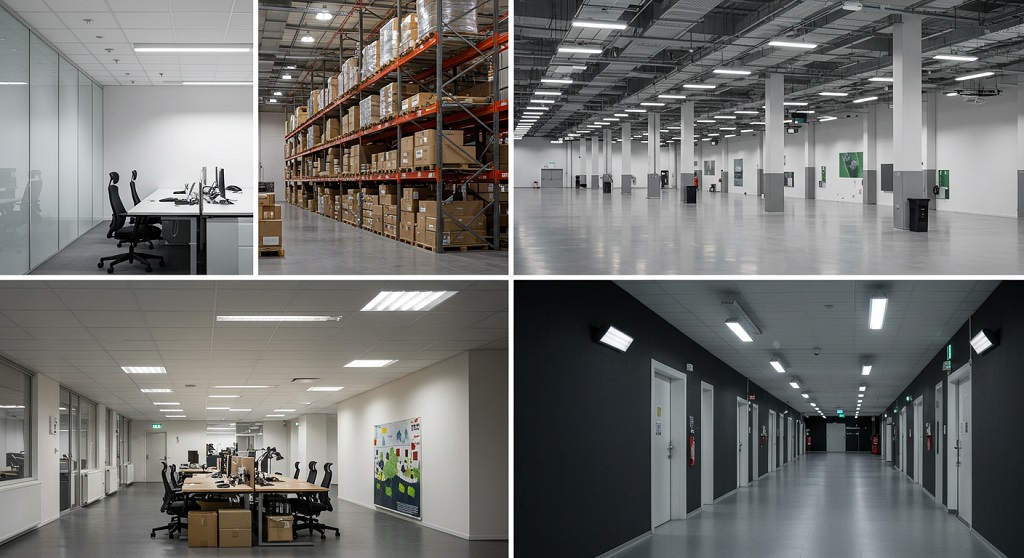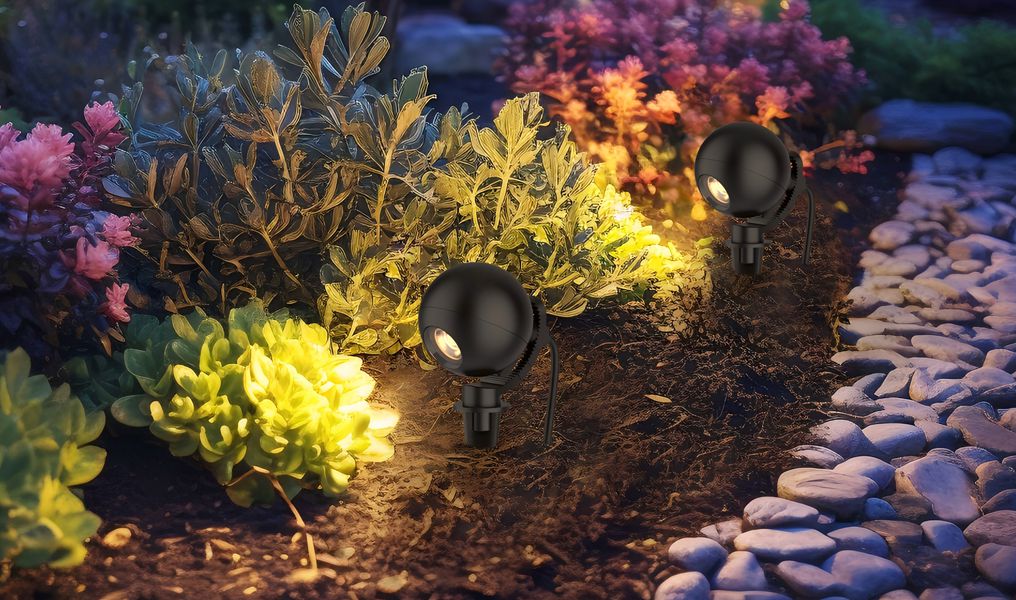With the rapid development of mobile networks and intelligent products, and also the related services of the network, consumers has more demand on capacity and speed of the it, which has emerged the optical communication technology . At present, optical fiber is the most common optical communication technology, with LED or laser diode (LD) as the transmitter.

The new generation of optical communication is wireless optical communication (LiFi) technology, with LED light, infrared or near ultraviolet light as the medium of transmission, combined with the dual use of lighting technology and communication, it is expected to become an indispensable technology for smart home in the future. Compared with WiFi technology, LiFi has a faster transmission speed and avoids electromagnetic interference. Recently, LiFi technology has broken through. The US company VLNComm has developed the first LiFi LED lighting panel and exhibited at this US Consumer Electronics exhibition.
The lighting panel called "LumiNex" can provide a download speed of 108Mbps, also be equipped with "LumiStick" with a upload rate of 253Mbps. The domain range is 516 square feet. It is equipped with general industry standard white LEDs and can support 15 users online at the same time. Professor Noshad, CEO of VLNComm, said that this is a progressive and revolutionary development. As technology matures, Li-Fi can provide higher security and available spectrum, which will replace or complement WiFi in the future .
LiFi is an optical communication technology. Light cannot penetrate the wall. The coverage of a single luminaire is also limited. However, LiFi will not be hacked by electromagnetic interference or intercepted. The security is higher than WiFi. The LiFi technology can be used in hypermarkets. , hospitals and even deep-sea diving sensors have potential for development in the future.










